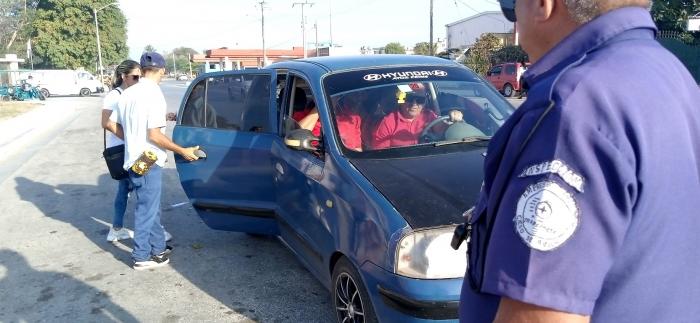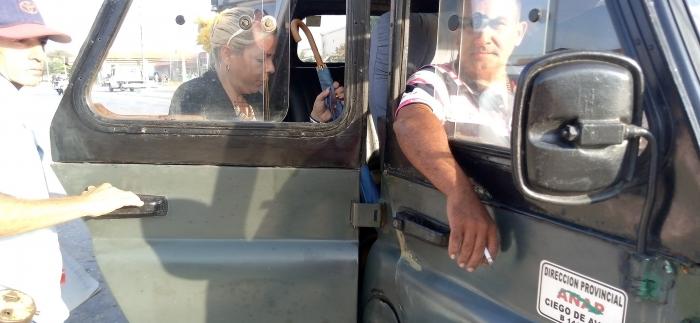
To almost 50,000 people, in less than two months, the number of beneficiaries in this province rises with the free solidarity transport modality, put into practice due to the deterioration of the public transport service and the decrease in the coefficient of technical availability of the park of existing vehicles in the province.
Manuel Eduardo Marín Torres, director of the transport company of Ciego de Ávila, said that the initiative is not only for the provincial capital, as it is also put into practice by the remaining nine municipalities to contribute to the transfer of passengers.
«In the city of Ciego de Ávila, for example, support for public transportation is carried out on two fundamental routes, the one that goes from the airport, to the east of the city, to the roundabout of the west servicupet, with the same itinerary of return, and it is done with administrative cars on fixed days every month. Each sector has around three days a month depending on the amount of media, "explained the manager.
The other route -round trip-, covers the El Piñacito itinerary (exit to the city of Morón) to the Máximo Gómez Báez University, with extension to Loma de la Carolina, with benefits to a large student sector and residents who work in the city of Ciego de Ávila.

Between 30 and 40 media are dedicated to solidarity transport in the provincial capital, with the particularity that where there are established boarding points, the price of the ticket to each place is paid and if the collection is made outside of these, it is totally free.
The manager listed among the advantages of the new modality the fact that at eight o'clock in the morning there are few people left at the stops, according to checks carried out by inspectors belonging to the transport branch.
He commented that there are still undisciplined drivers and companies that refuse to provide the service or do not make all available means available for passenger transportation, an urgent need to improve the service, given that CDT of the teams used to move people around a 35 to 40%, extremely low in the current circumstances.
